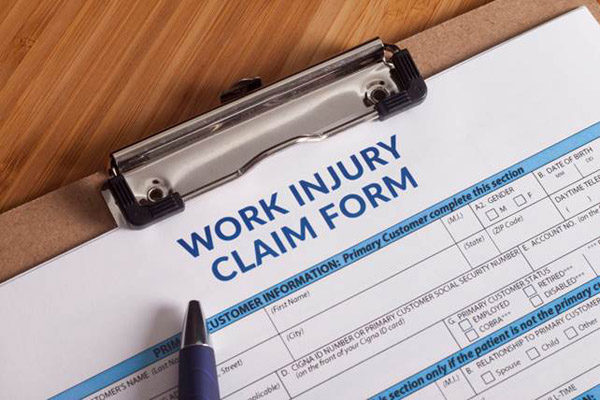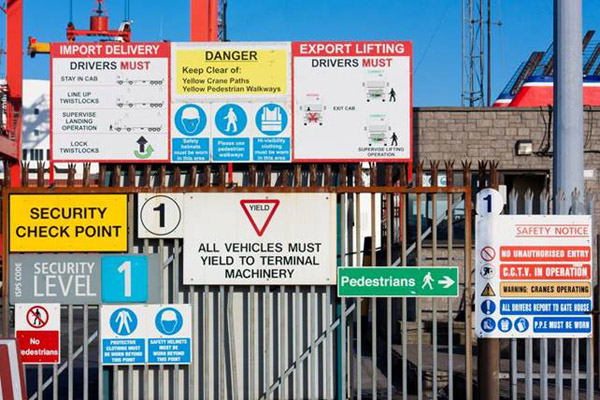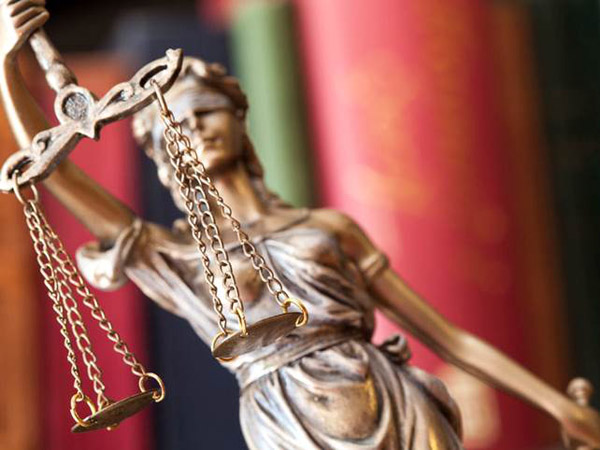IN THE KNOW

All about physical hazard and moral hazard
Insurance is all about defining and handling risks, also known as hazards. You might have come across the terms 'physical hazard' and 'moral hazard'. But what do they mean in an insurance context? Here's what you need to know.
What is a hazard?
A hazard is either a condition or situation that makes a loss more likely.
What is a moral hazard?

Moral hazards concern people's attitude and conduct, dangers relating to someone's character, integrity and attitude. Moral losses can happen because someone is dishonest or indifferent, or someone has made a fraudulent or over-inflated claim. Moral hazard also happens when one party to an agreement engages in risky behaviour or fails to act in good faith because it knows the other party has to deal with the consequences of their behaviour.
If an employer doesn't care about the safety of their employees, there's an increased risk of something going wrong and more chance of a claim. If someone takes out an insurance policy purely because they intend to make a claim, that's a moral hazard. If a building is badly maintained, not looked after properly by the owner, that's also a moral hazard. If somebody drives above the speed limit, not caring about the danger they pose to themselves and others, it's a moral hazard.
As an insurance underwriter you can't see moral hazard, and you can't identify it by examining or inspecting the risk you want to insure.
What is a physical hazard?

A physical hazard is a condition that increases the possibility of a loss. If a building is clad in flammable material, it's a physical hazard. If a premise is not secured with strong locks but contains valuable items that might be stolen, it's a physical hazard. If a factory is badly organised with dangerous materials left in an unsafe place, it's a physical hazard.
How insurers deal with physical and moral hazards
If a factory is badly organised, with dangerous chemicals left in an unsafe place, and the factory owner also doesn't care about employee health and safety, you have a clear case of both moral and physical hazard. An insurance company is within their rights to charge more for risks like this, or even turn the risk down and refuse to insure it. Physical hazards can also be handled by applying an excess, a loading, exclusions or other terms and conditions.
Insurance premiums and fairness

Moral and physical hazard are taken into account by underwriters for one very important reason: because insurance is all about fairness, about equity. If a risk with poor moral and physical hazard is given the same policy, at the same price, as someone with a good risk profile, it isn't fair. The practice of underwriting acts as a very efficient way to make risks equal. You present more or a risk, you pay more or you accept different terms and conditions that reflect the bigger risk you pose. If you present less of a risk, you pay less or don't have terms and conditions applied.
We are always fair and equitable
Our expert underwriters ensure every risk we underwrite is underwritten with care and attention to detail, so you only pay what’s fair compared to others who are insuring the same kind of risk.
Posted 25 June 2018 Reading times 4 mins